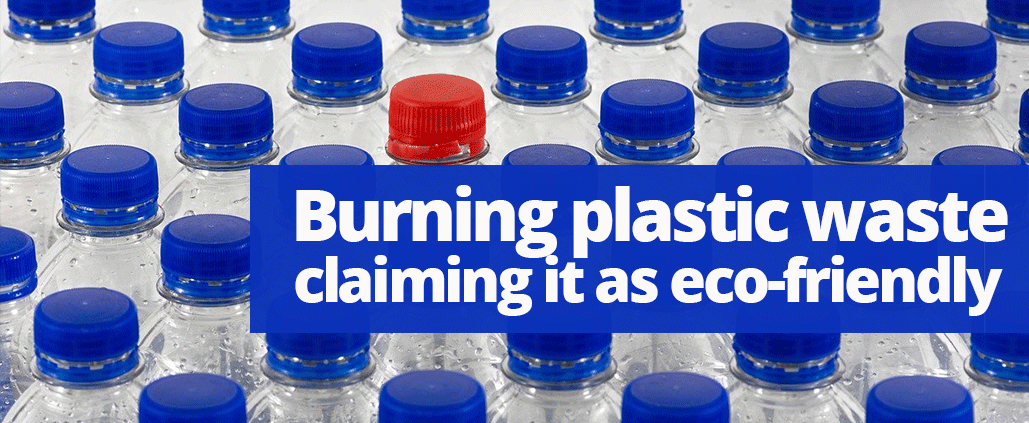Serious cash flow by burning plastic waste, claiming it as eco-friendly
Consumer goods and cement companies have come together to create serious cash flow by burning plastic waste, claiming it as eco-friendly.
Cement-makers and plastics goods manufacturers are heralding a new solution to solve our world’s problem of plastics. A “climate-neutral” solution that poses little to no threat to the environment and people. And what is that new solution, dear readers?
Every year 1.5 billion toothpaste tubes are trashed worldwide – check out this article for some great alternatives.
Did you know 1,500 plastic water bottles end up in a landfill or in the ocean every second? No worries we’ve got you covered with another great list of alternatives you can swap out for plastic water bottles.
No significant climate benefit is to be gained from substituting plastic for coal, and that burning this waste in cement kilns can create harmful air pollution that must be monitored.
“Thinking that we recycle waste only, and that we should avoid plastic waste, then you can quote me on this: People believe in fairy tales,” Axel Pieters, chief executive of one of the world’s largest cement makers, and partner with Nestle, Unilever and Coca-Cola in plastic-fuel ventures.

There are over 3,000 cement kilns on the planet hungry for fuel. And with the production of plastics looking to continue to increase, there is nothing that can stop this trend. It would take collective action on a local and national level to 1. Begin to heal the damage caused by these plants and 2. Bring this issue into national focus. Right now the EPA’s last entry regarding cement kilns on their website is 2002 and for the Department of Justice, it’s 2014. Our leaders *know* the harm this practice can cause to the environment, to communities. One kid from Maryland decided he’s had enough.
Youth leader Carlos Sanchez from Lakeland High School in South Baltimore made a plea to residents and government leaders to join the cause and sign a petition calling for a halt to burning plastic. Show your support for his activism and for the people of Baltimore and join us in signing his petition!
Finally, we are thrilled to share with you our ongoing partnership with Heritage Conservancy. They preserve over 15,500 acres of open space, farmland, wildlife habitat, and important watershed areas in southeast Pennsylvania and foster environmental stewardship within their communities. By using Barrel Bag (and handing them out to volunteers) they have cleaned up trash and plastic waste in their community without adding trash bags to the waste.
Many people are completely unaware of this blitzkrieg to burn plastic waste, let’s make some noise.




 Vong Wong
Vong Wong